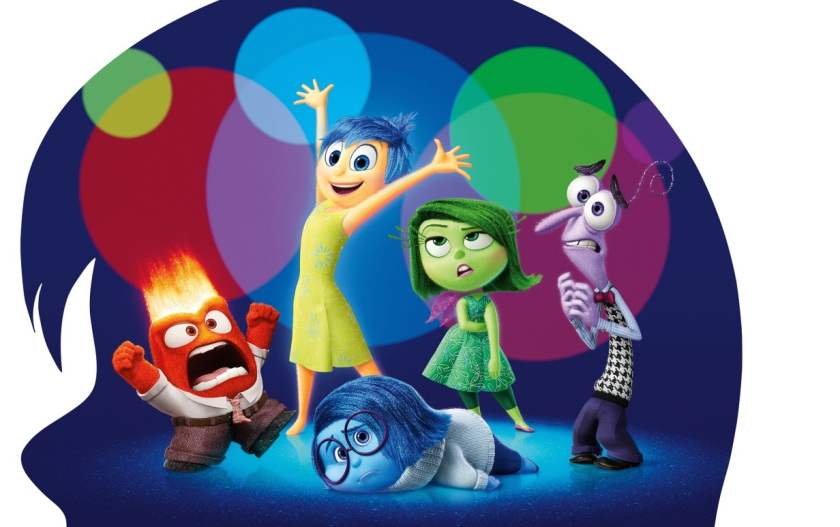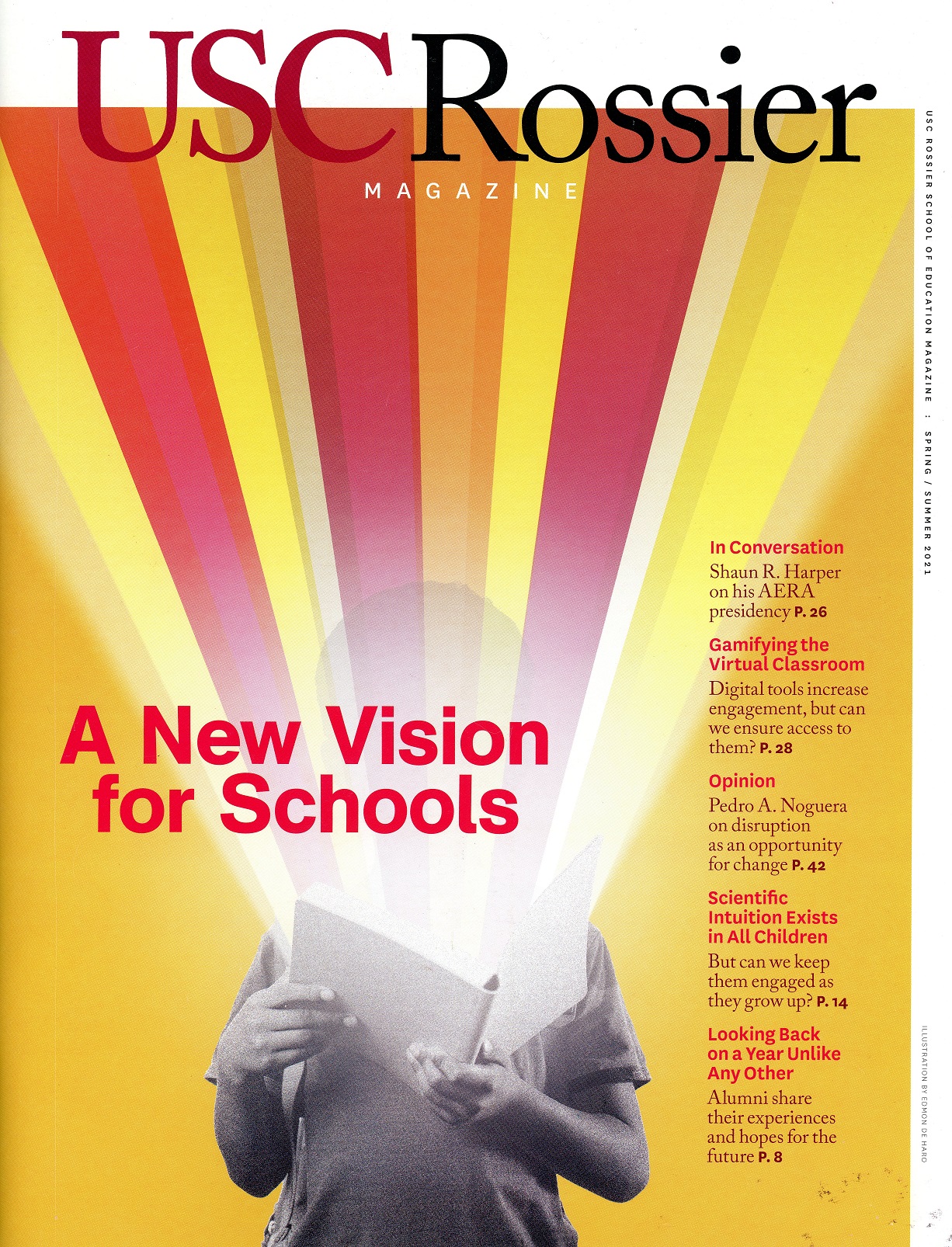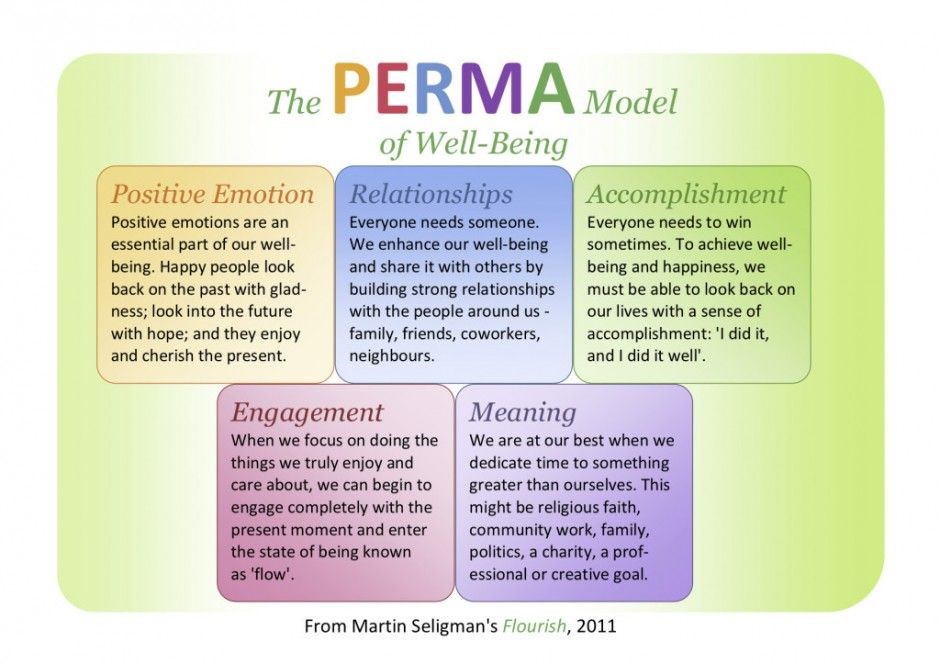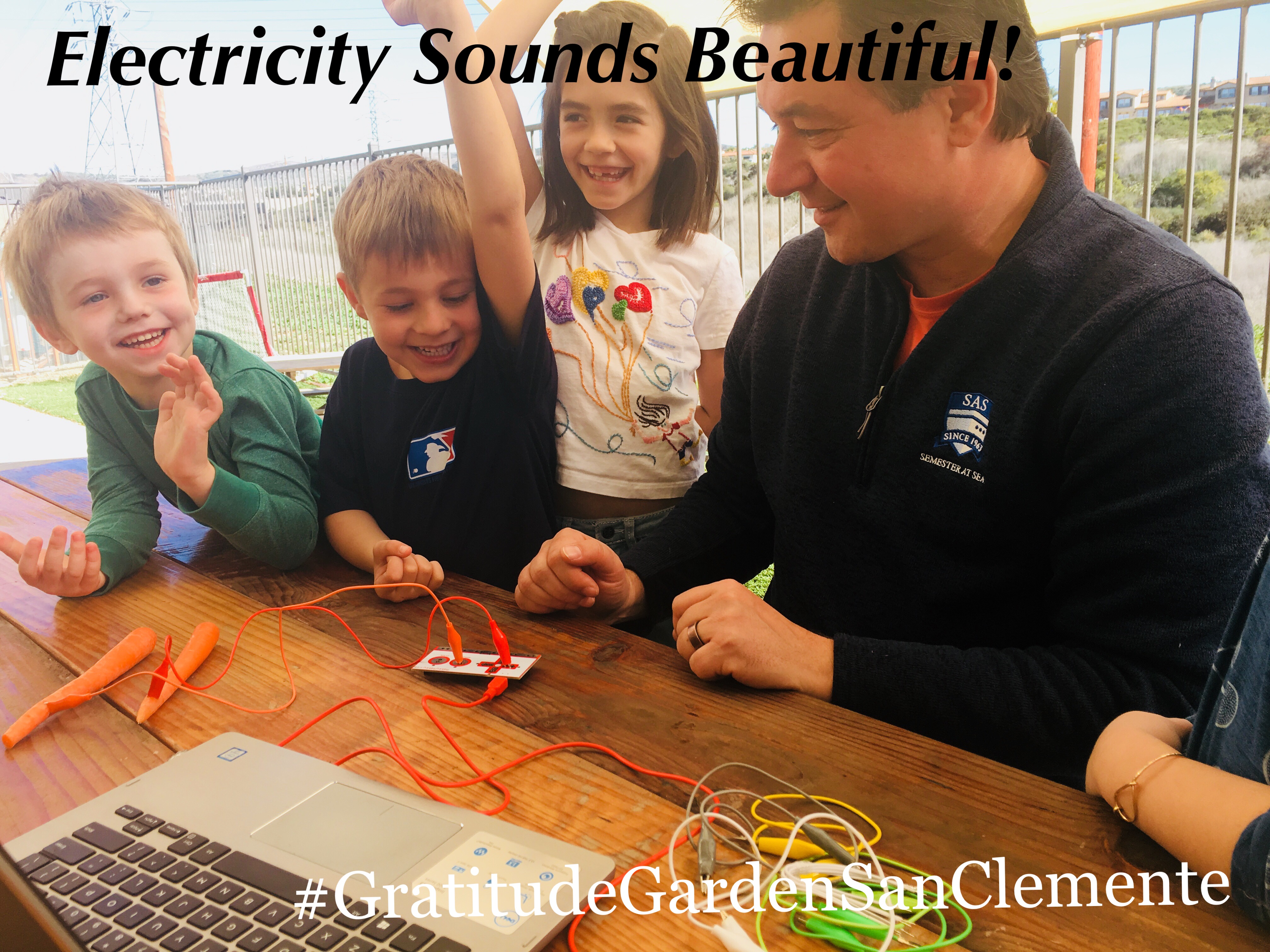By Dr. Dustine Rey, published in August edition of Talega Life Magazine
Disney-Pixar’s latest movie, Inside Out, illuminates the intricate world of the human brain in a way that playfully captures the attention of children and adults. The developmentally appropriate (yet still accurate) depiction of the way people feel and think opens up opportunity for dialogue among families in regard to our brain, emotions, and our behaviors.
This timely animated film provides a foundation and vocabulary for children to understand why they may experience certain emotions. The main character, eleven-year-old Riley, is guided by five relatable and humorous emotions: Joy, Sadness, Disgust, Fear and Anger. Developed with the guidance of University of California, Berkeley psychologist Dacher Keltner, the film tells the story of how core memories and emotions contribute to our mood, sleep, and ability to respond. This reachable insight comes in time as The Center for Disease Control and Prevention has announced that approximately 15%–20% of children living in the United States experience a mental disorder in a given year. Suicide was the second leading cause of death among children aged 12–17 in 2010.
Children with mental disorders frequently have more than one type of disorder, with an estimated 40% of children suffering with two mental disorders. Many children suffering from undiagnosed depression appear to be withdrawn, unmotivated, stubborn, irritable, or disobedient. It is estimated that 50% or more of the risk of childhood depression is biologically inherited. However, factors such as stress, poverty, death or divorce of parents, chronic illnesses, and those who have attention, learning, or conduct disorders are at a higher risk for depression.
Viewing Inside Out with your child may possibility open communication and identification of emotions that may be of concern. The following are some questions based from the film that may enhance discussions that are often difficult to approach with young children.
- Which emotion friend from Riley’s brain are you feeling now?
- Is there a core memory that you are thinking about? Would you like to share one with me?
- What emotion would you like to talk to if you could? What would tell it?
- When you are feeling angry, what is happening in your brain? Is there anything you can tell that emotion?
If signs of depression or other concerning emotions are present in your child discuss your concerns with your pediatrician or seek professional counseling assistance. Visit http://www.goodtherapy.org/find-child-therapists-counselors.html to help locate a child therapist in your area.
Childhood mental health and wellness is a family priority as Inside Out so beautifully illustrates.











Leave A Comment